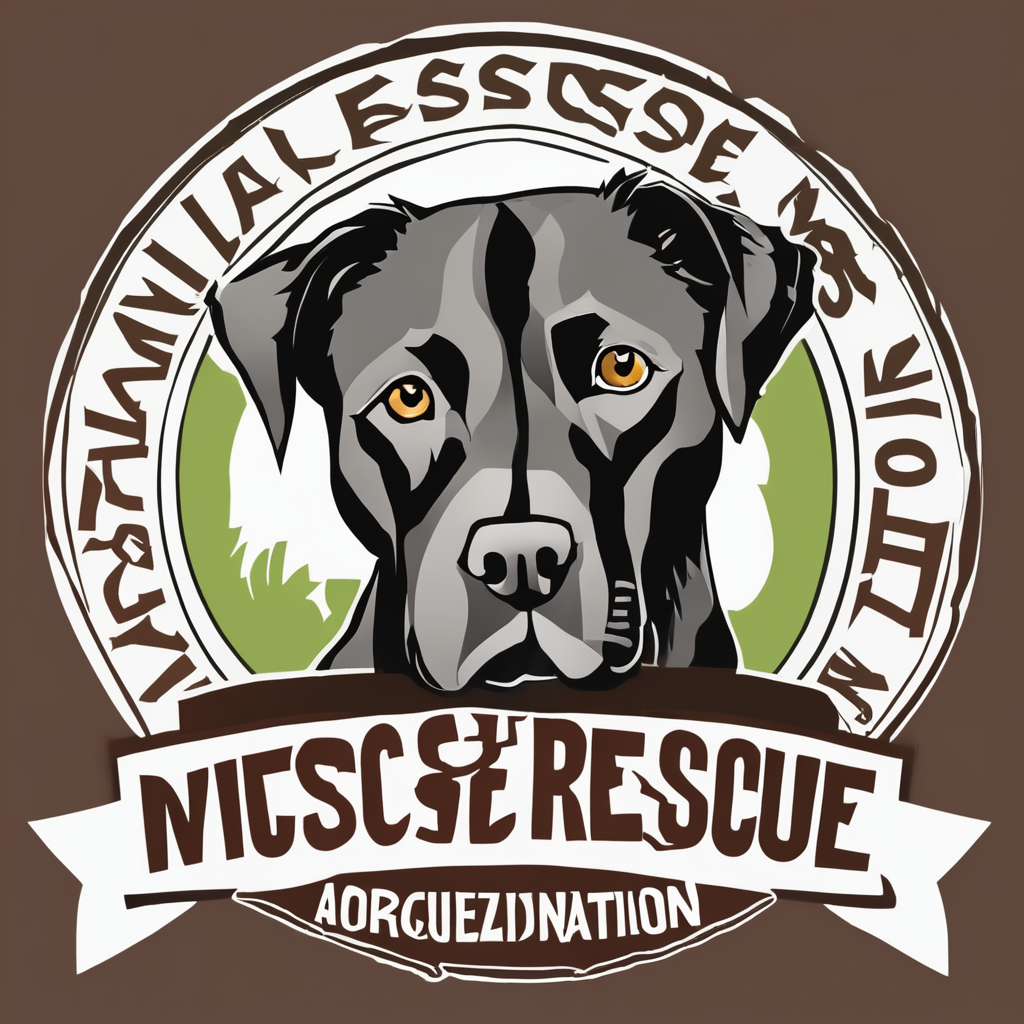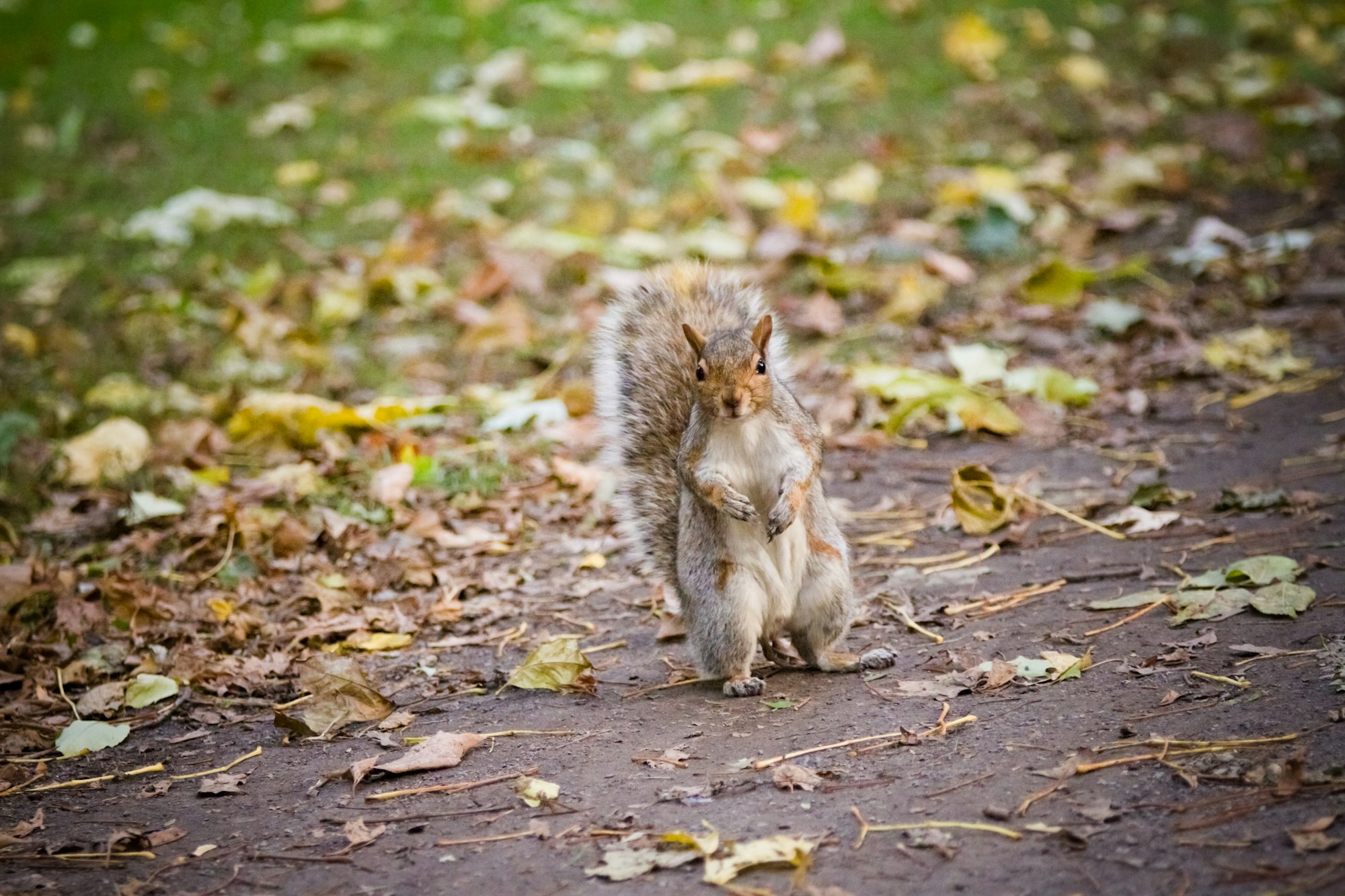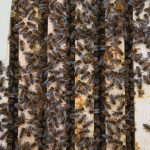The vibrant and charming red squirrel, Sciurus vulgaris, is a symbol of the British wildlife. However, their populations in England and Scotland have been witnessing a steady decline for years. This article will delve into the reasons behind this worrying trend and what can be done to reverse it.
The Predicament of Red Squirrels in the UK
The fall in red squirrel populations is a conservation concern. The reds, once a common sight in British woodlands, have become a rarity in many areas. Their decline is a complex issue linked to habitat loss, disease, and competition with the non-native grey squirrels.
En parallèle : How can you safely remove a bee nest from your UK home without harming the bees?
Competition with Grey Squirrels
One of the major factors contributing to the decline of the reds is the intense competition from the grey squirrels, Sciurus carolinensis. Originally from North America, grey squirrels were introduced to the UK in the late 19th century. They quickly established themselves, thanks to certain characteristics that give them an edge over their red counterparts.
Grey squirrels are larger and more robust, which allows them to thrive in a broader range of habitats. They also have a more varied diet and can digest acorns, which are poisonous to red squirrels. Furthermore, greys are able to produce more offspring each year, enabling them to out-compete reds for resources.
A découvrir également : What are the pros and cons of the badger cull in the UK?
The Threat of Squirrelpox Virus
Aside from competition, red squirrels in the UK are threatened by a deadly disease: the squirrelpox virus. This virus, carried by grey squirrels, is harmless to them but lethal to reds. Infected red squirrels suffer from severe lesions and usually die within two weeks.
The squirrelpox virus has been a significant factor in the decline of red squirrels in England and Scotland. As greys expanded their range, they spread the virus to red squirrel populations, causing devastating local declines or even extinctions.
Habitat Loss and Fragmentation
Habitat loss and fragmentation have also played a role in the dwindling numbers of red squirrels in the UK. The conversion of woodlands to agricultural land, urban development, and changes in land use have led to the loss of suitable habitats for red squirrels. This has forced them to live in isolated populations, making them more vulnerable to extinction.
Working Towards Red Squirrel Conservation
The plight of red squirrels in the UK has prompted conservation efforts to protect and rebuild their populations. These efforts include population monitoring, habitat management, disease control, and public education.
Population Monitoring and Management
Monitoring red squirrel populations is crucial to understanding their distribution and trends over time. By doing so, conservationists can identify areas where reds are thriving or where they are at risk. This information can guide management actions, such as creating safe corridors for red squirrels to move between fragmented habitats.
Another way to support squirrel populations is through careful management of the grey squirrel population. This can involve humane trapping and removal of greys from areas where reds are present, to reduce competition and the risk of squirrelpox transmission.
Habitat Management and Restoration
Habitat management and restoration are also vital for red squirrel conservation. This can involve maintaining and improving existing red squirrel habitats, as well as creating new ones. For example, planting tree species that red squirrels prefer, such as Scots pine and Norway spruce, can provide food and nesting sites for them.
Disease Control Measures
Disease control measures are crucial to protect red squirrels from the deadly squirrelpox virus. This can involve monitoring grey squirrel populations for the virus and taking swift action when it is detected. In some cases, a vaccine could be administered to red squirrels to boost their immunity against the virus.
Public Education and Engagement
Finally, you, the public, play a crucial role in red squirrel conservation. By learning about the threats faced by red squirrels and what you can do to help, you can contribute to their survival. Whether it’s reporting sightings, participating in local conservation initiatives, or spreading the word about their plight, every action counts.
In conclusion, the red squirrel’s predicament in the UK is a multifaceted issue, stemming from non-native species introduction, disease, and habitat loss. However, with concerted conservation efforts and public support, it is possible to bolster their populations and ensure these iconic creatures continue to thrive in the wild.
The Importance of Red and Grey Squirrel Dynamics
Whilst the red squirrel, Sciurus vulgaris, is a symbol of the British wildlife, grey squirrels, Sciurus carolinensis, have become a symbol of ecological imbalance. The dynamics of these species and their interactions are pivotal to understanding the predicament of red squirrels in the UK.
Grey squirrels are native to North America and were introduced to the UK in the late 19th century. Their large size, diverse diet, and high reproductive rate have given them a significant competitive advantage over their red counterparts. Grey squirrels can digest acorns, a food resource that is poisonous to red squirrels, allowing them to monopolise this food source.
Moreover, grey squirrels act as carriers for the squirrelpox virus, a disease that is fatal to red squirrels but harmless to them. The spread of this virus by grey squirrels has been a major driving force behind the decline of red squirrel populations in England and Scotland.
In addition to these challenges, red squirrels also face habitat loss and fragmentation due to land conversion for agricultural and urban development. This has led to the isolation of red squirrel populations, increasing their vulnerability to extinction.
The Role of Conservation in Supporting Red Squirrel Populations
Conservation efforts can play a significant role in supporting the dwindling red squirrel populations in the UK. These efforts include population monitoring and management, habitat restoration, disease control measures, and public education and engagement.
Population monitoring is a crucial part of any conservation strategy. Regular surveys can provide valuable data about red squirrel distribution and population trends, enabling the identification of areas where red squirrels are thriving and where they are at risk. This information can then inform management actions, such as the creation of safe corridors to facilitate movement between fragmented habitats.
To reduce competition between red and grey squirrels, a key part of the conservation strategy is the management of grey squirrel populations. This is often carried out through humane trapping and removal of grey squirrels from areas inhabited by red squirrels.
Habitat restoration is another vital aspect of red squirrel conservation. This can involve improving existing habitats and creating new ones by planting tree species preferred by red squirrels, such as Scots pine and Norway spruce.
In addition to these measures, disease control is critical to protect red squirrels from the squirrelpox virus. This includes monitoring grey squirrel populations for the virus and administering vaccines to red squirrels when necessary.
Public involvement is also key to the success of red squirrel conservation efforts. By being informed about the threats faced by red squirrels, the public can contribute to their survival through various actions such as reporting sightings, participating in local conservation initiatives, or simply spreading the word about their plight.
In conclusion, the decline of red squirrels in the UK is a complex issue rooted in ecological imbalance, disease, and habitat loss. However, with dedicated conservation efforts and strong public support, we can work towards bolstering the populations of this iconic species and ensuring their continued presence in the wild.











